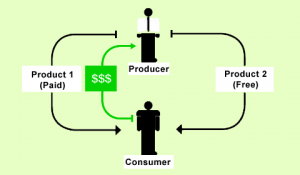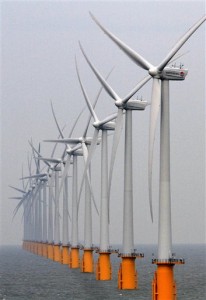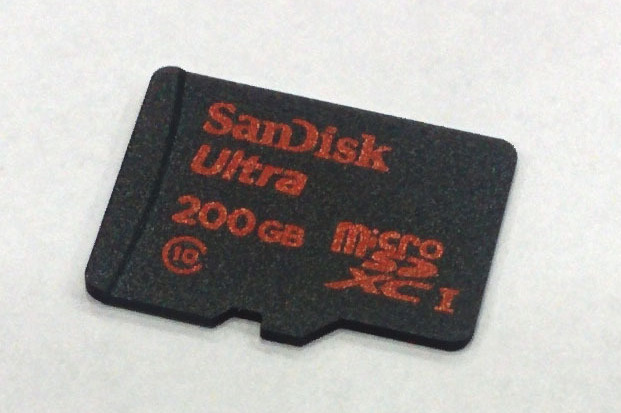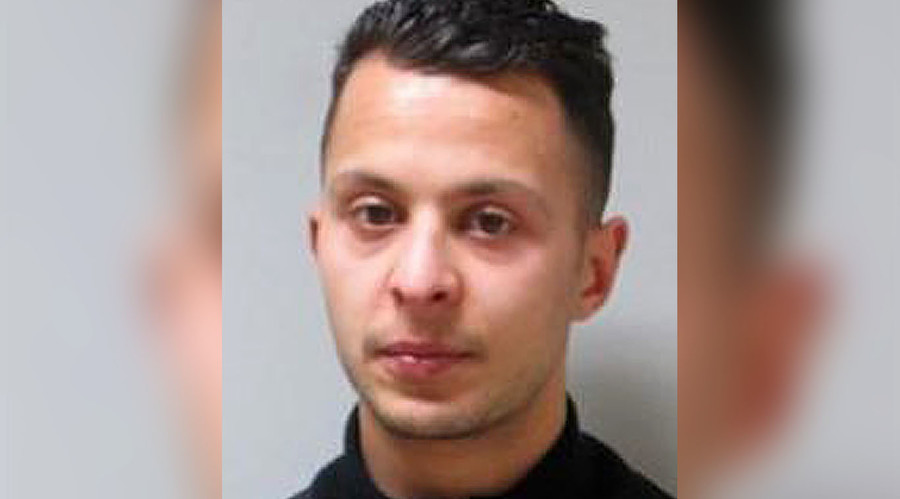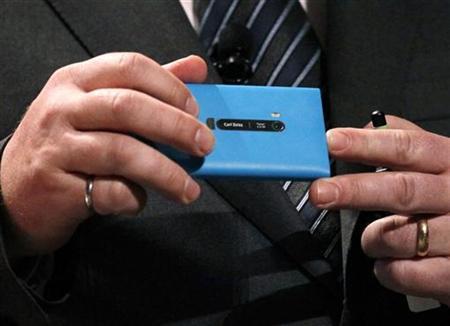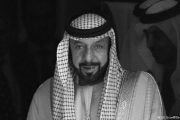ALMATY, Kazakhstan — A Russian Soyuz capsule carrying three astronauts who lived six months on the International Space Station touched down safely, but one day late, Saturday morning in the cloudy, central steppes of Kazakhstan.
The homecoming of American astronaut Tracy Caldwell-Dyson and Russia’s Alexander Skvortsov and Mikhail Kornienko had been delayed after technical glitches hindered the undocking of the spacecraft.
NASA spokesman Rob Navias said in a Web streamed report on the landing that the Soyuz craft landed vertically at its precise planned landing spot at 11:23 a.m. local time (0523 GMT).
“That was almost a bull’s-eye landing,” Navias said.
A hover of 12 Russian recovery helicopters took flight ahead of the landing Saturday morning above an area southeast of the remote central Kazakh town Arkalyk to intercept the capsule.
Recovery workers arrived quickly at the landing spot and erected a plaftorm around the slightly titled capsule.
Skvortsov beamed with joy and held his fist aloft as the recovery team carefully lifted him out of the Soyuz.
After being hoisted out of the craft, the astronauts were immediately placed into reclining chairs to help them recover from the change in gravitational pull after spending 176 days in space.
Russian space officials and health workers then crowded around a smiling Skvortsov and handed him an apple, as is tradition.
Caldwell-Dyson, who looked weary but joyous, spoke with colleagues by satellite phone after being lowered into her chair and wrapped in a blanket.
By contrast with the previous day’s attempt to depart the space station, undocking from the International Space Station was executed flawlessly and exactly on schedule.
The three astronauts remaining aboard the space station — Americans Doug Wheelock and Shannon Walker, and Russian cosmonaut Fyodor Yurchikhin — pumped their fists with joy as they watched a report on the landing via a direct feed.
Russian cosmonauts Alexander Kaleri and Oleg Skripochka, along with NASA astronaut Scott J. Kelly, will join them after blasting off from the Russia-leased Baikonur launch facility in Kazakhstan on Oct. 8.
Undocking on Friday had been thwarted by signaling errors in the onboard computer system and a malfunction with the opening hooks and latches on the space station side of the capsule.
After the failed undocking attempt, one of the Russian cosmonauts on board, flight engineer Fyodor Yurchikhin, inspected the space station docking mechanism holding the Soyuz in place and discovered a loose piece of gear mechanism with two teeth broken off.
The crew installed a series of electrical jumper cables to bypass what’s believed to be a failed part. Once that was completed, the cosmonauts performed a test, and the hooks and latches opened properly, NASA said.
Minor, but recurring, glitches with the Soyuz will create unease as reliance on the Russian craft increases over the next few years with one two launches left for U.S. space shuttles before the fleet is retired.
Space shuttle Discovery is set to lift off Nov. 1 for the International Space Station. Endeavour will follow in February to wrap up 30 years of shuttle flight.
That will leave NASA without its own means to send astronauts into space for the first time in half a century.
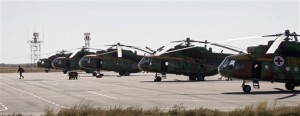 Rescue helicopters stand at the airport of town of Dzhezkazgan, on Friday, Sept. 24, 2010. The return of two Russian cosmonauts and an American astronaut to Earth from the International Space Station that was scheduled for Friday has been pushed back by a day because of problems encountered while undocking, the head of the Russian space agency said. (AP Photo/Maxim Shipenkov, Pool)
Rescue helicopters stand at the airport of town of Dzhezkazgan, on Friday, Sept. 24, 2010. The return of two Russian cosmonauts and an American astronaut to Earth from the International Space Station that was scheduled for Friday has been pushed back by a day because of problems encountered while undocking, the head of the Russian space agency said. (AP Photo/Maxim Shipenkov, Pool)
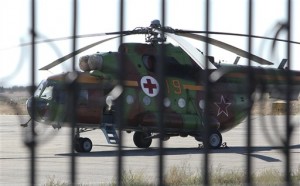 A rescue helicopter stands at the airport of town of Dzhezkazgan, in central Kazakhstan, on Friday, Sept. 24, 2010. The return of two Russian cosmonauts and an U.S. astronaut to Earth from the International Space Station that was scheduled for Friday has been pushed back by a day because of problems encountered while undocking, the head of the Russian space agency said. (AP Photo/Sergei Remezov, Pool)
A rescue helicopter stands at the airport of town of Dzhezkazgan, in central Kazakhstan, on Friday, Sept. 24, 2010. The return of two Russian cosmonauts and an U.S. astronaut to Earth from the International Space Station that was scheduled for Friday has been pushed back by a day because of problems encountered while undocking, the head of the Russian space agency said. (AP Photo/Sergei Remezov, Pool)
Copyright © 2010 The Associated Press. All rights reserved.







